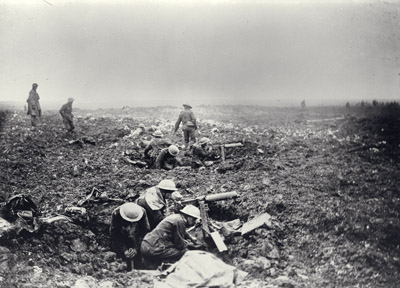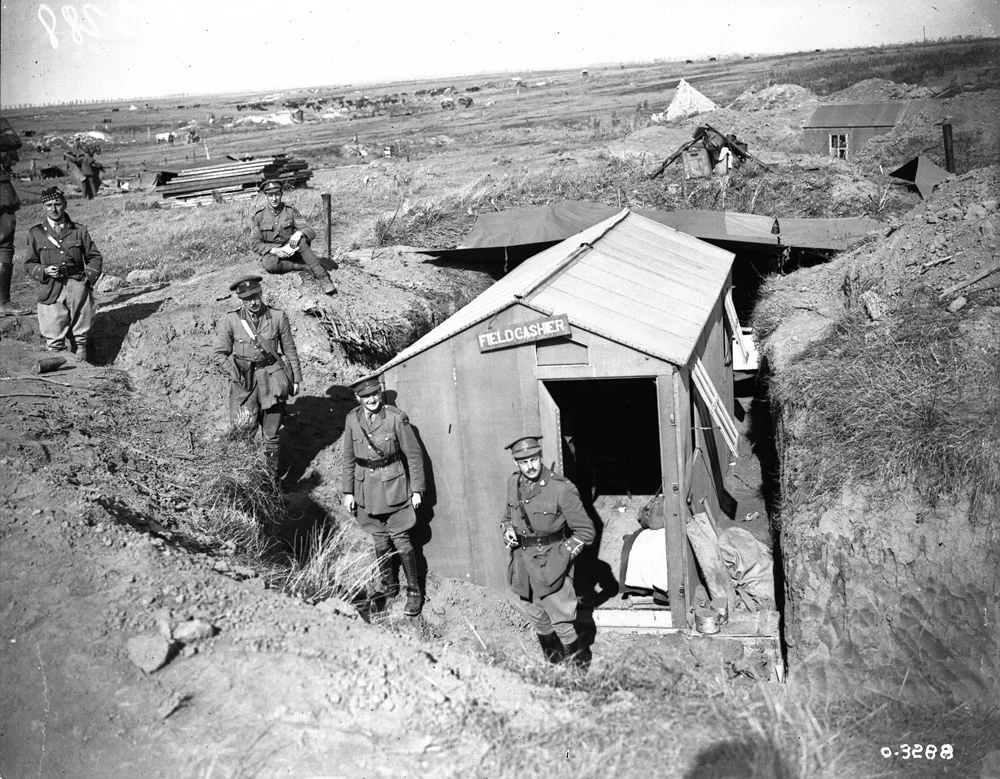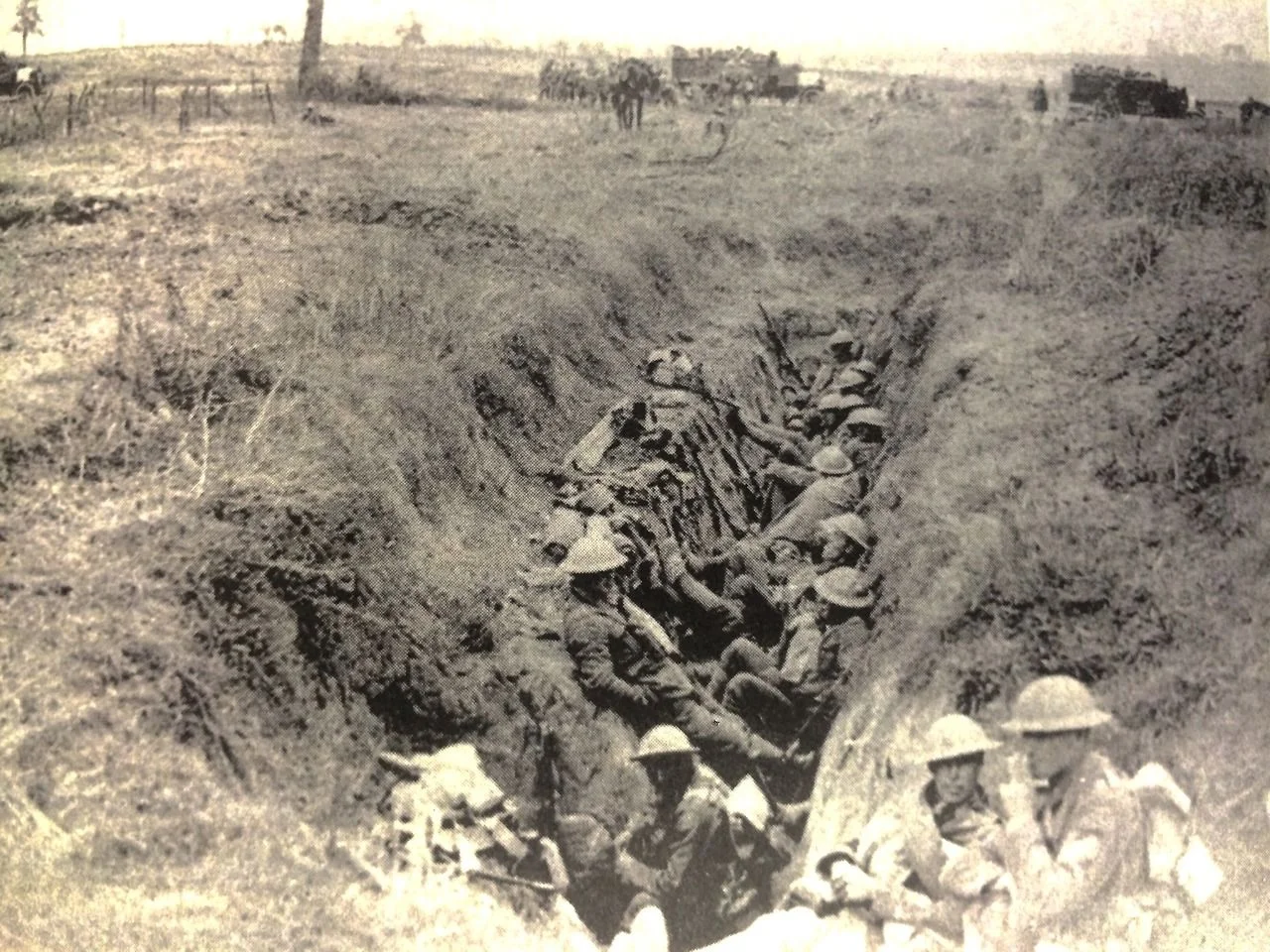Between the 3rd and 8th of October, little activity occurred in the Canadian sector outside of Cambrai.
The 1st and 4th Divisions continued their moves into the reserve areas of the Allied lines. Throughout the campaign at the Canal du Nord, both divisions had incurred heavy casualties. The regular process of “rest and refitment” was essential at this point in the war, especially for the dogged Colonial forces - the Australian and Canadian Corps had served as spearheads for campaigns since August 8th.
However, the sacrifices made by the Allies had worn the Central Powers. Bulgaria had already surrendered, and Allied forces moved through their territory uninhibited. The Turks had been soundly defeated in the Middle East, and Edmund Allenby’s Egyptian Expeditionary Force had captured Damascus.
Time was short for Germany and Austria- Hungary. The Austrians has been beaten back in Vryana and Albania, and were in a constant retreat for the remainder of the war. The Germans were not faring much better, both on the front lines and at home.
The British blockade of Germany had been resoundingly successful. Deprived of foreign imports, Germans had turned to making meatless sausages and low-grade black bread for its citizenry and soldiers. By late 1918, the daily allotment for German citizens was 800 calories a day - the same nutritional needs as a 3 year old.
October 4th saw the appointment of Prince Maximillian of Baden as Chancellor of Germany. His predecessor, Georg von Hertling, had resigned with his cabinet, as it became clear they were unable to handle the crisis. Back channeling through Switzerland, Max sent a note suggesting an armistice to President Woodrow Wilson of the United States.
Though it was clear the war was unwinnable, the German Army continued to fight with dogged resistance. As the infantry regrouped, Allied High Command finalized plans for an assault on Cambrai.









